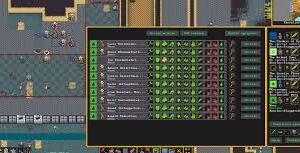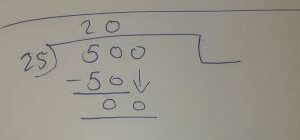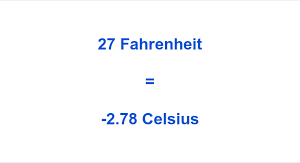In recent years, with the rise of technology and globalization, there has been a significant spike in the number of individuals who want to learn how to trade forex. Forex, or foreign exchange trading, involves buying and selling currencies on the open market with the aim of making a profit. But for those just starting out, the world of forex can seem complex and intimidating. In this beginner’s guide, we’ll demystify forex trading, offering insights and steps on how to get started.
What is Forex Trading?
Forex trading, at its core, is the exchange of one currency for another with the aim of making a profit. The forex market is the largest financial market in the world, with a daily trading volume of over $6 trillion. This surpasses even the global stock markets!
Why Trade Forex?
- Accessibility: Forex markets are open 24 hours a day, five days a week. This flexibility allows traders from all over the world to trade at times that are convenient for them.
- Liquidity: Due to its immense volume, forex trading offers high liquidity. This means that large trades can be executed quickly without any major price shifts.
- Potential for Profit: The forex market’s vast size and volatility allow for potential profit, whether the market is rising or falling.
How Does Forex Trading Work?
Forex trading operates in pairs. For instance, if you believe that the Euro will strengthen against the US Dollar, you might buy the EUR/USD currency pair. If the Euro does strengthen, you’d make a profit. Conversely, if the Euro weakens, you’d incur a loss.
Steps to Learn How to Trade Forex:
- Education: Before you dive into forex trading, arm yourself with knowledge. There are countless resources available online to learn how to trade forex. Look for reputable websites, courses, and books.
- Choose a Reliable Forex Broker: A broker acts as an intermediary between you and the interbank system. Ensure that your chosen broker is regulated by a recognized financial body.
- Practice with a Demo Account: Before risking real money, start with a demo account. This will help you understand the market’s dynamics without any financial risk.
- Develop a Trading Plan: This plan should outline your risk tolerance, profit goals, evaluation criteria, and trading strategy.
- Start Trading: Once you’re comfortable, begin trading with real money. But always start small!
Common Forex Trading Strategies:
- Day Trading: This strategy involves making multiple trades within a day. The aim is to profit from short-term price movements.
- Position Trading: Traders hold their position for longer durations, often weeks or months, based on fundamental analyses.
- Swing Trading: Here, traders aim to capture the ‘swing’ of the price movements, holding their positions for several days.
Risks Involved in Forex Trading:
As with any investment, forex trading has its risks. It’s essential to use tools like stop-loss orders to manage these risks. And remember, never invest money that you can’t afford to lose.
Conclusion:
Forex trading can be lucrative, but it’s not without its complexities. To successfully learn how to trade forex, commitment to education, practice, and a solid trading strategy is essential. While the journey may be challenging, with patience and perseverance, you can navigate the waves of the forex market and potentially achieve financial success.










